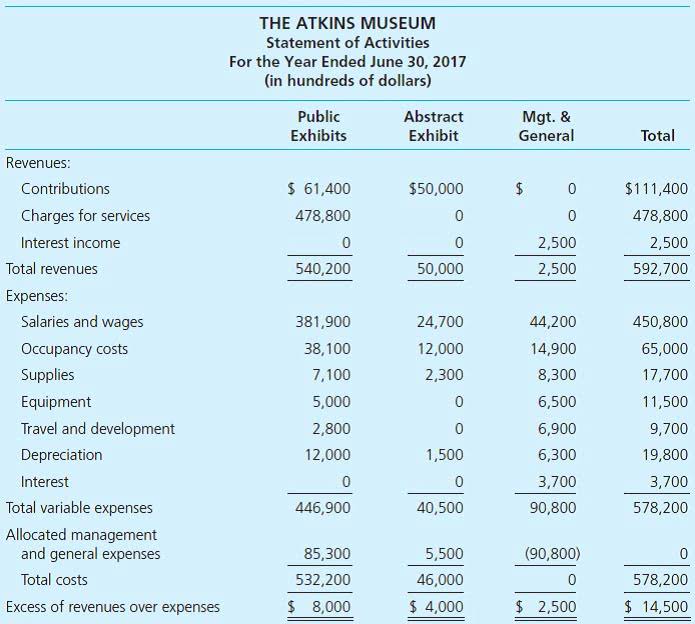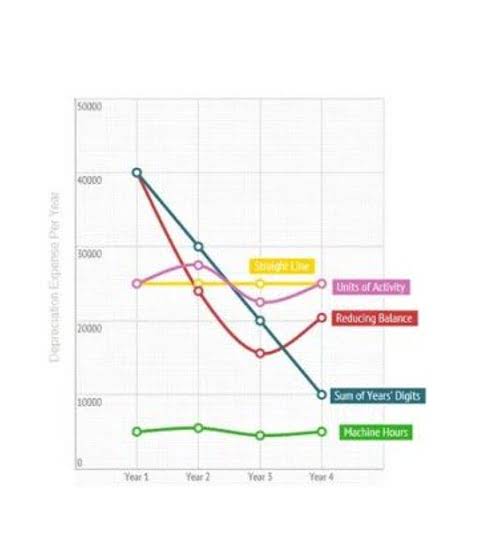Content
- Business Cards
- How Can You Increase Gross Profit Margins?
- The gross profit formula to lower costs and increase revenue
- How to calculate gross profit in 3 simple steps
- Formula for Calculating Gross Profit
- Determine revenue.
- Formula for gross profit
- If a house bought at $\$100,000$ is sold at $\$250,000$, what is the gross profit?

This requires first subtracting the COGS from a company’s net sales or its gross revenues minus returns, allowances, and discounts. This figure is then divided by net sales, to calculate the gross profit margin in percentage terms. An increase or decrease in your gross profit is an indicator of your business’s performance.
On the other hand, a lower gross profit margin may indicate higher production costs or pricing challenges. Gross profit is the amount of total revenue minus cost of goods sold. It is the amount of profit before all interest and tax payments.
Business Cards
Alternatively, gross profit is often the third line to the top on an income statement (underneath net revenue and cost of goods sold). Gross profit is different from net profit, also gross profit examples referred to as net income. Though both are indicators of a company’s financial ability to generate sales and profit, these two measurements have entirely different purposes.
Therefore, ABC Ltd secured a gross profit of $130,000 during the year ended on December 31, 2018. Are you looking for the latest trends and insights to fuel your business strategy? Add up all of these costs to determine your overall COGS figure. One way to address that low NPM would be to reduce overhead costs and rent a smaller space.
How Can You Increase Gross Profit Margins?
Gross profit margin is best used to compare companies side by side that may have different total sales revenue. Since the gross profit margin only encompasses profit as a percentage of sales revenue, it’s the perfect factor to use as the measurement of comparison. The gross profit formula is used to calculate the gross profit of a company or a business, which is calculated by subtracting the cost of goods sold (COGS) from the total revenue.
The differences in gross margins between products vs. services are 32%, 35%, and 34% in the three-year time span, reflecting how services are much more profitable than physical products. Let us take the example of a mechanic shop that has reported net sales of $150,000 for the year ended on March 31, 2019. As per the income statement, the COGS stood at $105,000 during the period. For 2017, by taking net sales of $177.9 billion and subtracting operating expenses of $173.8 billion, you will arrive at the operating income of $4.1 billion. Then, to get to the bottom line, subtract from the amount of interest, taxes, and any other expenses to arrive at the net income of $3.0 billion.
The gross profit formula to lower costs and increase revenue
There is one downfall with this strategy as it may backfire if customers become deterred by the higher price tag, in which case, XYZ loses both gross margin and market share. With NetSuite, you go live in a predictable timeframe — smart, stepped implementations begin with sales and span the entire customer lifecycle, so there’s continuity from sales to services to support. For example, if you own a coffee shop, your revenue is the amount of money your customers pay for their coffee.
Gross profit—also known as sales profit or gross income—is measured by subtracting the cost of goods sold (COGS) from the revenue made from sales. It’s an easy formula that should help you measure the value your goods and services bring to your business. Gross profit typically only includes variable costs—such as hourly wages or materials—that fluctuate with demand. It doesn’t include fixed costs, like lease payments, that are stable regardless of how many goods and services you produce. Investors and business owners evaluate a company’s gross profit in order to understand the price variation a business is able to charge. As an investor, you’ll need to look at some key financial metrics so you can make well-informed decisions about the companies you add to your portfolio.
Thus, we can say that it shows the profitability of the product. You need the firm to protect company assets, regardless of how much you produce or sell. Operating expenses could include rent, insurance, office supplies, interest charges, and tax payments.
Identify the total amount of revenue generated by the company during a specific period. There are many different tactics you can use to improve gross profit margin, but before adopting those you should make sure your business is doing the basics when it comes to managing gross profit. For example, for auto and truck manufacturers, the average gross profit margin for the first quarter of 2023 was about 17% [1]. For consulting services, it was an average of 49% for the same period [2]. Q.2. The cost of raw materials is ₹10000, the cost of labor is ₹2000, the sales of the firm are ₹15000.
The net profit margin provides a picture of your business’s overall profitability. Together, they give you an idea of your business’s financial health, empowering you to track trends and make quick business decisions. The most effective way to bolster total sales revenue is to increase sales to your existing customer base. You can also increase revenue by improving your marketing outcomes. Use promotions, rewards, and testimonials to promote your products, and survey your customers to find out what products they want.

